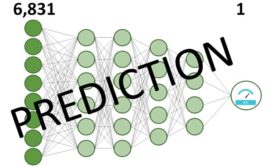Home » Keywords: » predictive analytics
Items Tagged with 'predictive analytics'
ARTICLES
Are you versed in industrial hygiene activities?
The need for health professionals is rising
January 10, 2019
Predictive analytics: A powerful new tool
Identify at-risk workers & teams for pilot projects
June 19, 2018
Become a Leader in Safety Culture
Build your knowledge with ISHN, covering key safety, health and industrial hygiene news, products, and trends.
JOIN TODAYCopyright ©2025. All Rights Reserved BNP Media.
Design, CMS, Hosting & Web Development :: ePublishing









